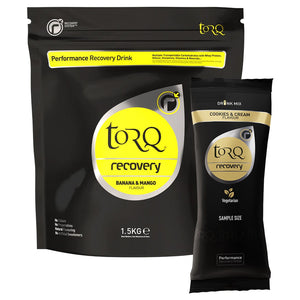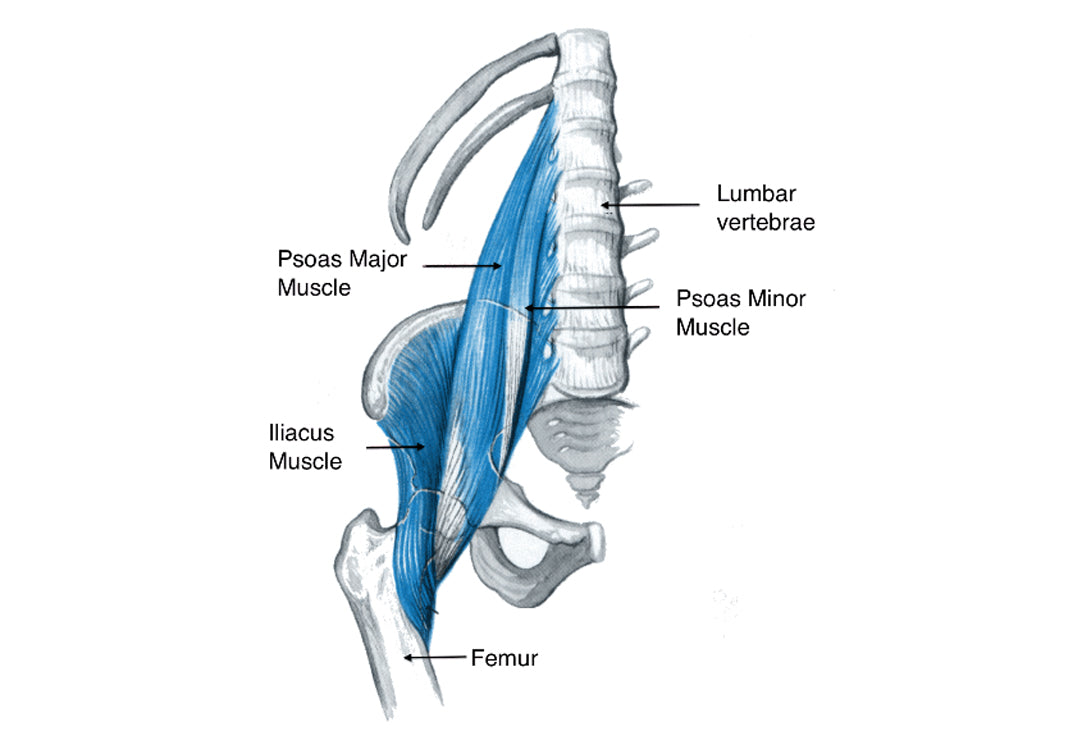It’s your choice - with our knowledge.

Product Insights
Discover more about the products in this article

TORQ Recovery Drink
Featured Products
What Muscles Are Used In Running?
We tend to think of running as primarily working the lower body muscles, however it can actually be a great way to get a full body workout.
Which muscles are used during running? Well, there are actually quite a few.
Knowing which muscles you’re using and what for can be really helpful if you’re looking to improve your running performance. You might need to build some more than others depending on your goals and once you know what they all do this will be easy!
Hip Flexors
The hip flexors are a group of three key muscles located in the front of the hip just above the thigh.

They connect the thigh bone to the lower back and hips, and are important for push-off as they flex and extend, controlling knee flexion, and stabilizing the spine and pelvis.
Your hip flexors affect for your mobility so it’s important to maintain strength and flexibility. Tight hip flexors reduce your range of motion causing a shorter stride and in some cases even injury.
Quadriceps
The quads are a group of four long muscles found in front of your thigh that connect to the kneecap.

When you run they extend your knee and help to propel you forwards. They are also important for straightening and stabilizing the knees while running.
Energy from the quads is transferred to the hamstrings as you move.
Hamstrings
Found in the back of the thighs, the hamstrings are two-joint muscles that extend the hips and control the leg.

They are responsible for producing force when pushing off from the ground so strong hamstrings really are key for maintaining performance as a runner.
Many people have weak hamstrings and are quad dominant- this creates an imbalance in the hips and knees and affects the overall stride. The hamstrings can be strengthened to improve your running performance by weight lifting or other forms of cross-training.
Calf Muscles
Located at the back of your lower leg, the calf muscles are used every time you push off and raise your legs during running.

They also play a part in extending and flexing the foot, responsible for reducing impact shock, improving balance and ankle mobility.
Shin splints are a common affliction amongst runners, caused by high impact, repetitive exercise of the lower legs. Maintaining calf and hamstring strength and flexibility can help to reduce the risk of developing shin splints.
Core/Abdominal Muscles
A strong core is vital to maintain proper posture, balance and form during running. The core muscles are what connect your upper and lower body, helping to properly align your spine, pelvis, and lower body.

The abdominal muscles are activated during running and help to keep you upright and also increase the stability of your lower body.
Sprinters tend to use their abdominal muscles more due to greater hip extension in each stride. To stop them from falling over, there is a slight twist in the spine and the abs act as the body’s counterrotation to keep you stable.
Upper Body Muscles
Running primarily works the muscles in the lower body, however you do need a certain amount of upper body strength.

The arms help to drive you forwards and build momentum.
Upper body strength is also crucial for maintaining good posture, which will increase running economy and reduce risk of back pain.
Looking after your muscles?
Like any other sport you shouldn’t underestimate or forget the importance of warming up and cooling down when it comes to running. And of course, using the right nutrition to fuel and recover.
When you exercise your muscle fibres contract and stretch causing tiny tears, these will heal on their own eventually but using the right recovery nutrition can help speed up the process.
The two most important things for Recovery are protein and carbohydrates:
PROTEIN - Helps damaged cells and tissues repair, promotes growth.
CARBOHYDRATES - Replenishes the muscles glycogen stores, reduces muscle soreness, maintains blood sugar levels.
It’s your choice - with our knowledge.










































































































